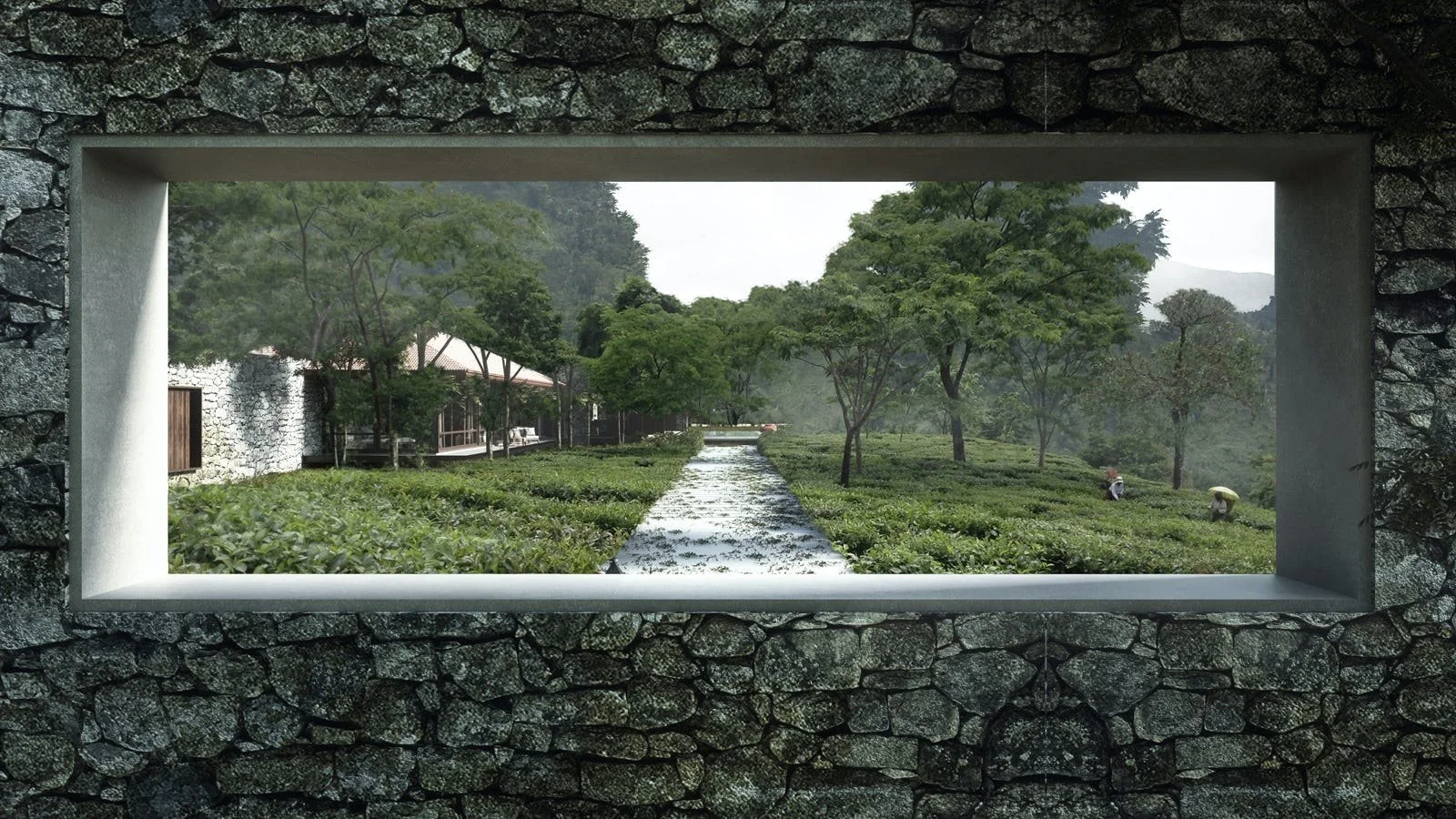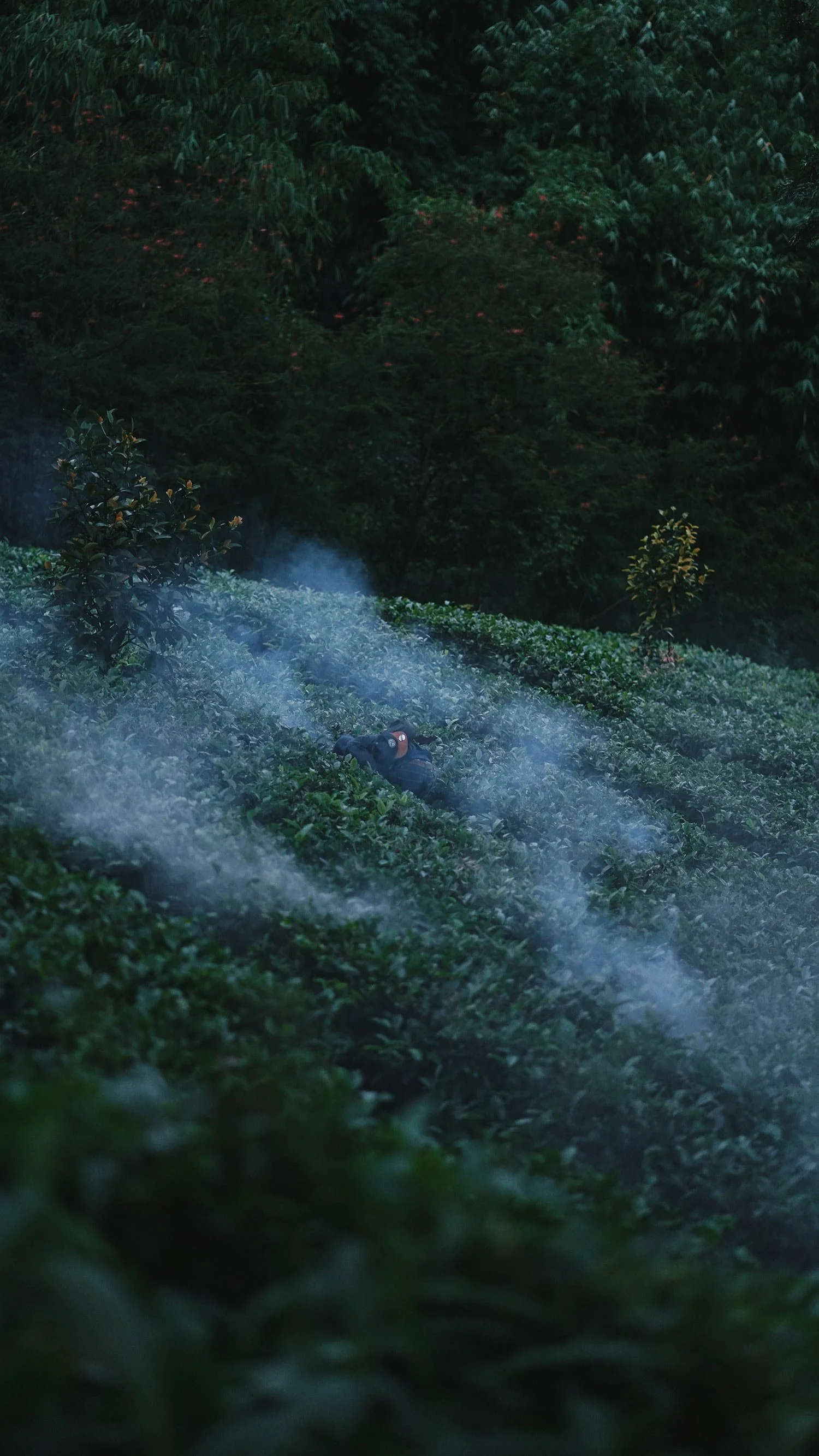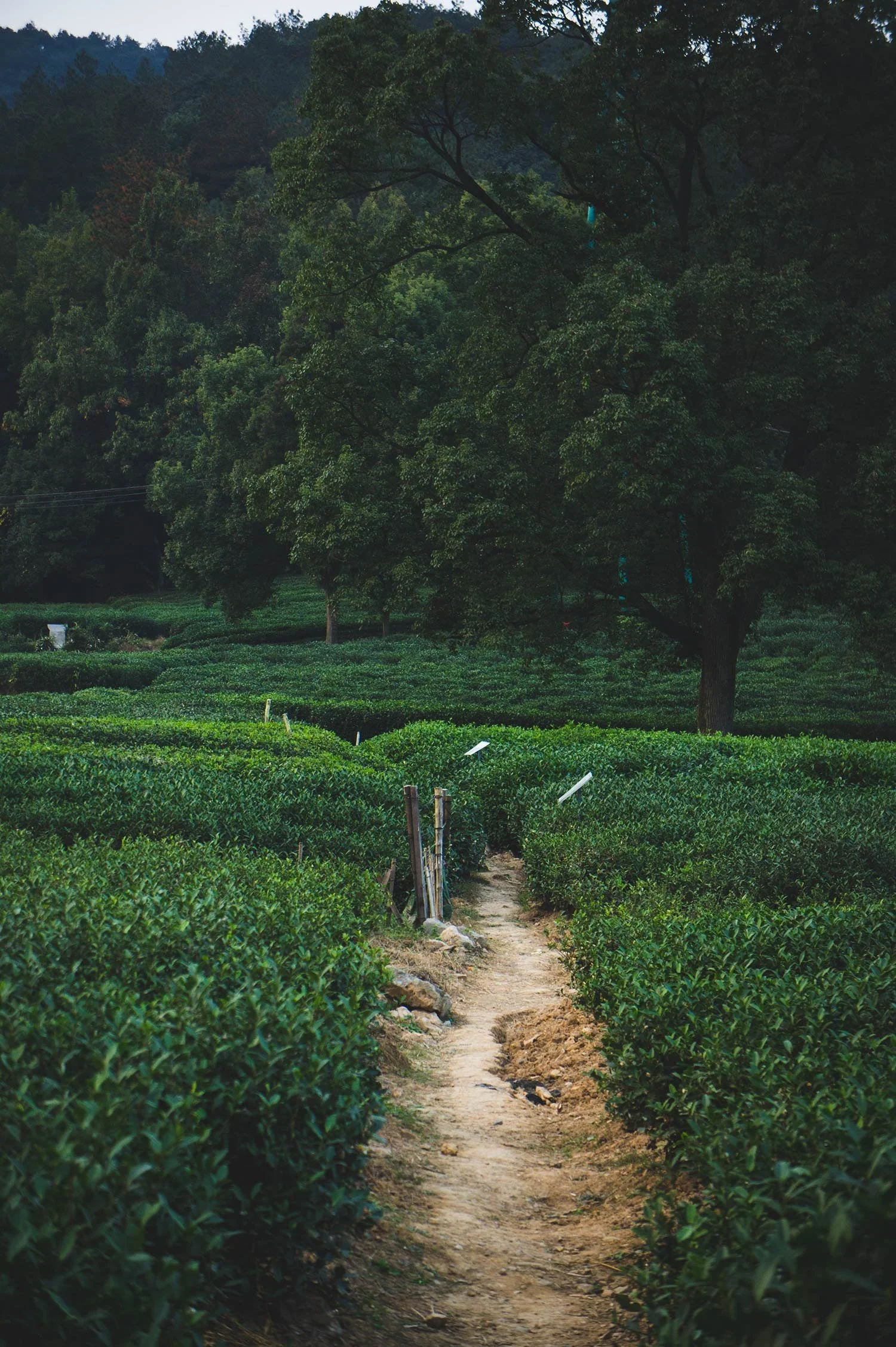Tea Cliff Villa.
-
The merging of two entities that independently hold strong characteristics of vastly different backgrounds is a delicate and complex procedure. It is important to highlight each entity’s unique identity whilst complimenting and elevating the others core essences.
The Tea Cliff Villa is situated in the Kalutara District, Western province of Sri Lanka. The site, which is a twenty-minute climb through tea estates, spill over water creeks, and clusters of rubber trees, sits on top of a magnificent mountain top with a 360-degree view of a luscious green belt. The narrow road that leads to the property has a serene and tranquil feel as there are no man-made dwellings at site. It was important to maintain this natural overall look and feel whilst designing the Villa. The site land itself is currently used for tea cultivation. The design of the residence wraps around the tall aged trees at site, making them a part of the design’s features.
The entrance to the Villa is through a canopy of trees, which gives natural shade to the paved block walkway. The traditionally carved wooden double doors are held by a modern natural rock wall creating the boundary for the property line. The amalgamation of both the traditional and modern entities of the entrance way is a gentle indication of what to be expected of the overall architectural style.
The dwelling consists of 2 massed blocks, the living and the sleeping. The open plan living dining and pantry is encased in a modern architectural shell. The floors are of earth tones, rendered cut cement. The 3 m tall walls too, are dressed in textured earth tones to blend in with the surrounding flora. The living block can be closed off from its surrounding giving the dweller complete privacy, by the use of floor to ceiling height timber door panels. The doors can be folded and tucked away, highlighting the grand view in the foreground. The doors are treated with a subtle linear groove giving it depth and character, imitating the slender rubber tree cluster in the background.
The exposed H iron lipping that runs at the edge of the block acts as feature design element whilst structurally supporting the residence. To bring in the Sri Lankan tropical design aesthetic, the ceiling is cladded with “paduru” a flat mat which is commonly used among villagers for sleeping. The mats are made up of dried reed gathered from marshy lands and hand woven in a variety of patterns to create the flat sheets. The golden dyed hue of the matts adds a sense of warmth to the interior giving it a homely feel.
The living block has 2 m wide circulation ring which can be used for outdoor sit outs. The walkway also acts as the access path to the pool which sits at the edge of the block. The Living room spills over the Pool creating an infinity look to the pool. A dense rock wall acts as a separator as well as the connection point, between the living and sleeping area. The cut-out doorway to the bedrooms on the rock wall, which is treated with a timber cladding, creates a picturesque entrance into the bedroom space. The rooms are set back from the living to emphasize on the privacy component. 2 spacious standard bedrooms with en-suite are adjoining the master bed and bath.
The sleeping block takes a more traditional architectural style providing a sense of ease and tranquillity to the space. The interior of the rooms are kept minimal and open, with semi traditional furniture. To compliment the Paduru cladded ceiling in the living area, the bed head walls of the rooms are also cladded with the same matting material, merging both structures bringing in a flow of uniformity throughout the design. The block is enclosed with a traditional pitched roof with clay tiles. The timber cladded ceiling enriches the space adding the grandness of height, and a tropical overall look and feel.
The Villa is raised above ground with the use of a H iron structure to maintain eye level at the height of the tea plantation. The subtle details, such as the H iron boarder beams, Paduru cladded surfaces, earth toned interiors, and natural rock wall dividers, used within both dwelling spaces mergers the two structures in harmony, whilst creating maintaining their own architectural identities.










